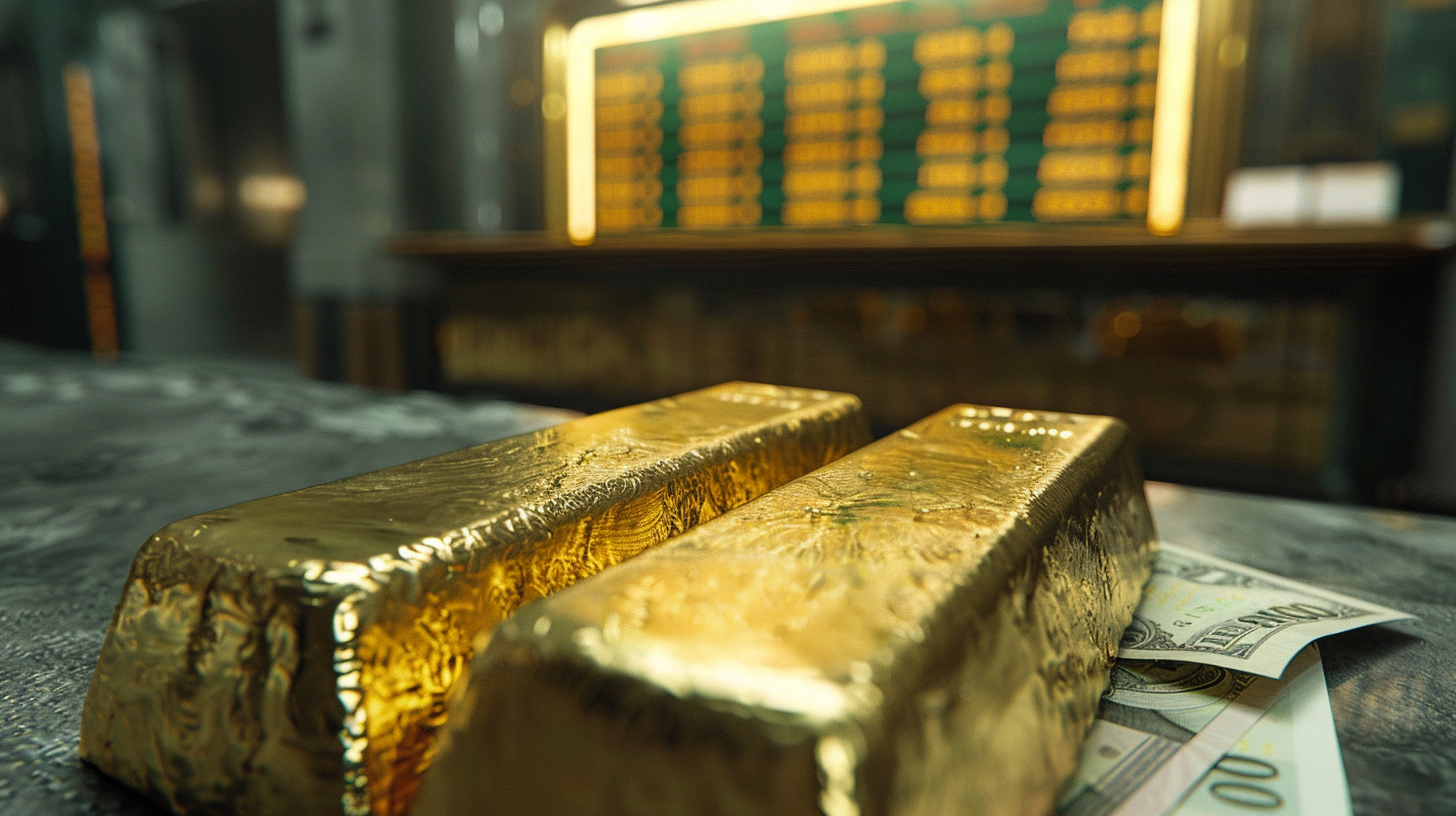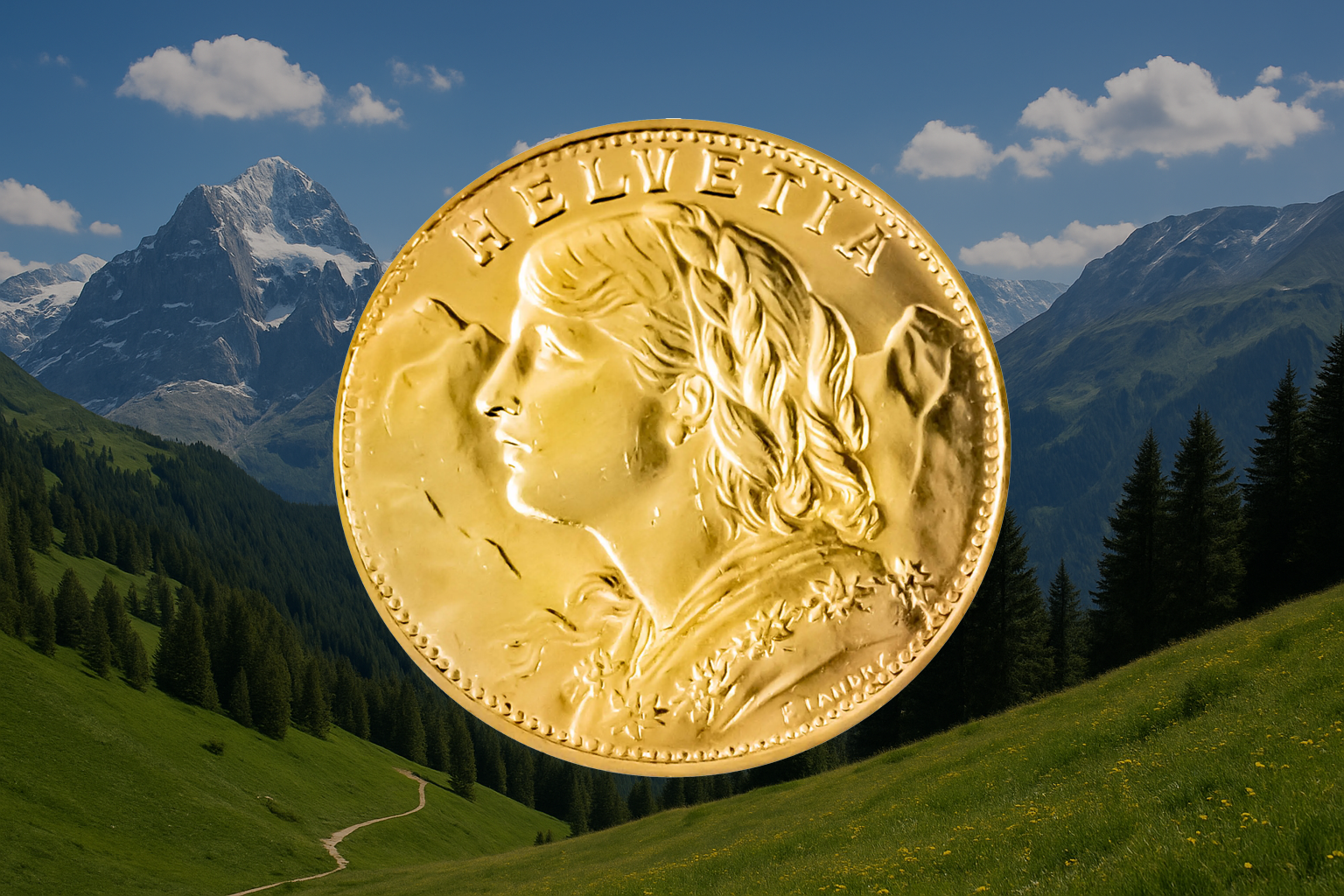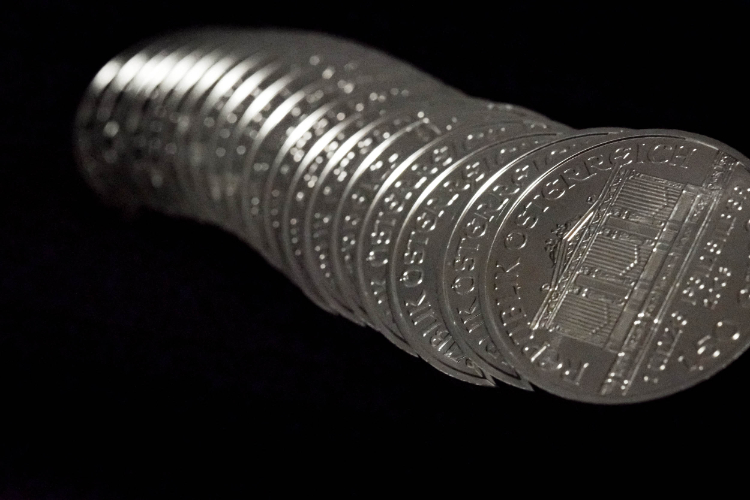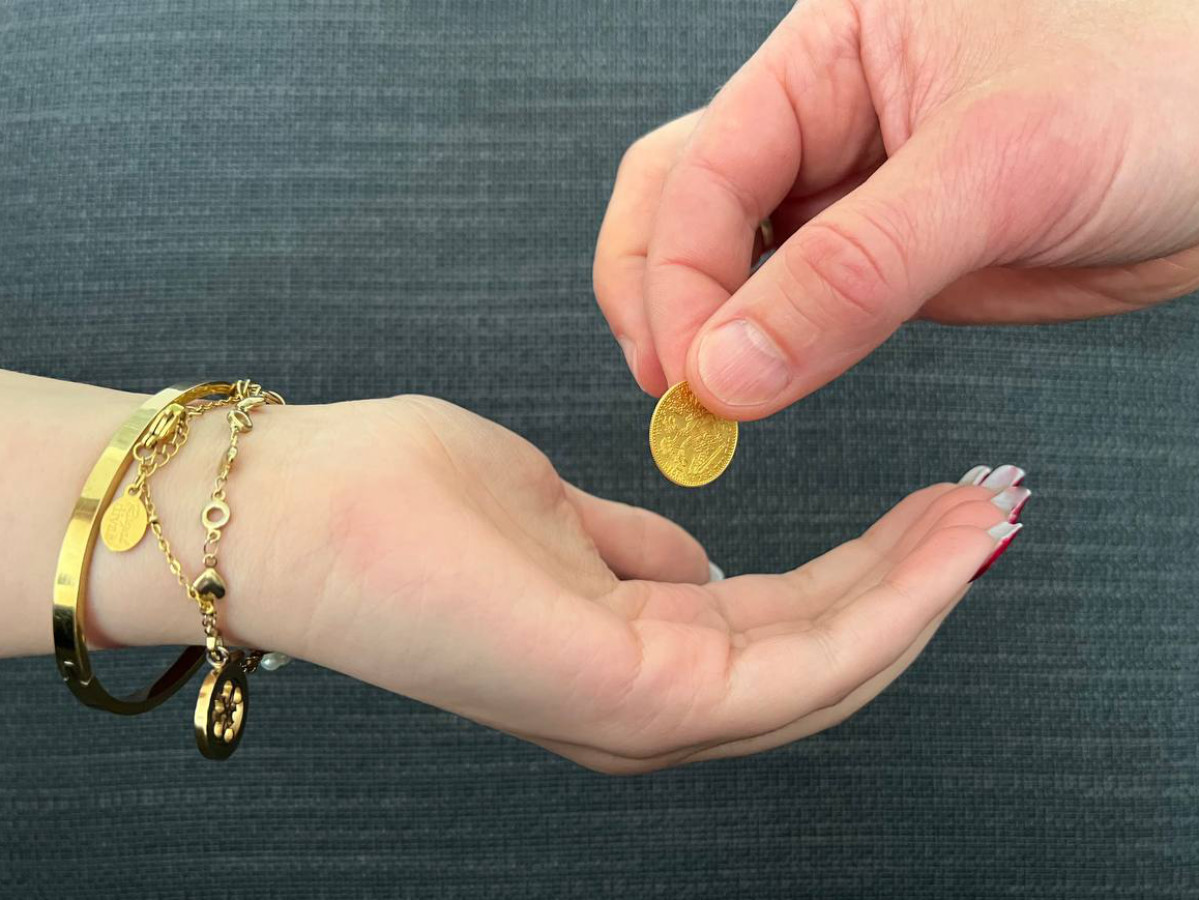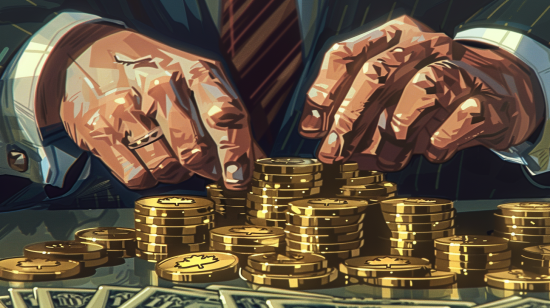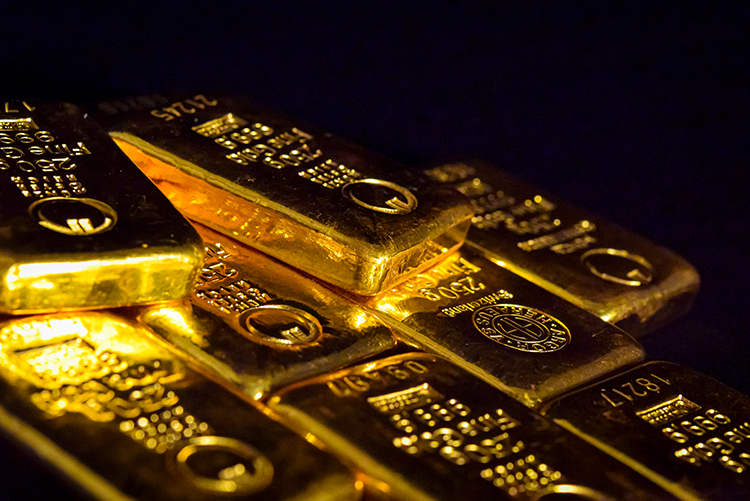
Im Kampf gegen die hohen Inflationsraten erhöhen die Notenbanken auf der ganzen Welt aktuell die Leitzinsen. Bereits im letzten Jahr vollzogen die FED, die EZB und andere Notenbanken die Zinswende und beendeten damit die mehr als ein Jahrzehnt andauernde Niedrigzinsphase.
Doch was bedeutet das für Gold? Wie entwickelt sich der Goldpreis in einem Umfeld steigender Zinsen?
Zinsen auf Stand wie vor der Finanzkrise 2008
Anfang Februar erhöhte die amerikanische FED den Zins auf 4,75%, in der Eurozone hob die EZB den Leitzins um einen halben Prozentpunkt auf 3% und die Bank of England schraubte den Zins auf 4%.
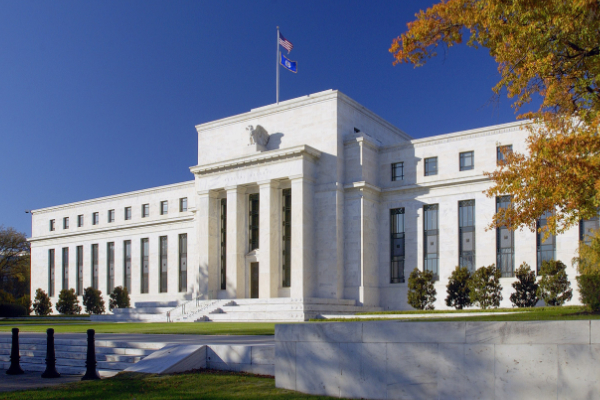
Die Zentralbanken müssen in Sachen Leitzins auf einem schmalen Grat wandern. Um der Inflation Herr zu werden, sind höhere Zinsen notwendig, wird die Zinsrate zu hoch droht die Wirtschaft in eine Rezession zu stürzen.
Und hohe Inflationsraten gepaart mit einer schwächelnden Konjunktur würde einen gefährlichen Cocktail bedeuten und uns in eine Stagflation stürzen.
Da die Inflation nun aber zumindest in den USA zurückgeht, erwarten Experten, dass auch der Höchstzinssatz der FED bald erreicht sein dürfte. Bereits mit der Erhöhung um nur mehr 0,25 Prozentpunkte nahm FED-Chef Powell den Fuß vom Gas. Die Märkte hoffen mittlerweile sogar ab Mai mit einer zwischenzeitlichen Zinspause.
In der EU liegen die Inflationsraten derzeit aber noch deutlich über dem Ziel-Wert der EZB. Daher darf man davon ausgehen, dass die EZB die Zinsen in den nächsten Monaten weiter steigern wird.
Während die Banken die Zinserhöhung im Kreditgeschäft recht schnell an die Kunden weiterreichen, halten sie sich bei Sparzinsen noch auffällig zurück. Von den höheren Zinsen profitieren Anleger momentan vor allem bei Anleihen und Co.
Wie Goldpreis und Zinsen zusammenhängen
Goldpreis und Zinsen verhalten sich in der Regel gegenläufig zueinander. Das bedeutet, wenn die Zinsen steigen, ist wahrscheinlich, dass der Goldpreis sinkt. Dieser Zusammenhang zwischen Goldpreis und Zinsentwicklung wird durch die Opportunitätskostentheorie erklärt. Diese besagt, dass wenn die Zinsen steigen, Investoren eher in sichere, aber eben verzinste Anlagen investieren, anstatt Gold zu kaufen, welches keine Zinsen zahlt.
Da also auch sicherheitsbewusste Anleger durch Zinsen ohne großes Risiko laufende Gewinne erzielen können, würde die Nachfrage nach Gold auf dem Weltmarkt sinken und somit den Preis drücken. Tatsächlich gab der Goldpreis nach den Zinssitzungen kurzfristig nach und setzte auf unter 1900 Dollar / Unze zurück.
Zwar hat das Zinsumfeld einen bedeutenden Einfluss auf die Goldpreisentwicklung, jedoch gibt es noch verschiedene andere Faktoren, die den Goldkurs beeinflussen. Dazu gehören etwa Inflation, das Verhältnis von Dollar und Euro oder geopolitische Entwicklungen.
Sollte man trotz steigender Zinsen noch Gold kaufen?
Ja, zumindest ein Teil des eigenen Vermögens sollte in Gold investiert werden. Ein niedriger Goldpreis sollte nicht vom Kauf von Anlagegold abhalten, sondern eher als Chance verstanden werden, günstig in das Edelmetall einzusteigen.
Als jemand, der Gold als Anlage hält, sollte man im Angesicht eines fallenden Kurses nicht in Panik geraten und das eigene Gold verkaufen. Denn anders als am Aktienmarkt, wo Stopp-Loss Anweisungen mit dem Ziel weitere Verluste zu vermeiden, sinnvoll sein können, sollten Edelmetalle niemals aus Angst vor sinkenden Kursen verkauft werden. Denn während Aktien tatsächlich auf null fallen können, ist ein Totalverlust bei Gold ausgeschlossen! Gold war in der Geschichte niemals wertlos. Früher oder später steigt der Goldkurs wieder.
Daher muss ein Edelmetallinvestment jedenfalls als langfristige Anlage gesehen werden, die vor allem den Zweck hat, das eigene Vermögen gegenüber Inflation und Wertverlust abzusichern. Als kurzfristiges Spekulationsobjekt eignen sich Gold und Silber nicht.
Wir empfehlen unseren Kunden stets einen gewissen Anteil ihres Ersparten mit Gold, Silber oder auch anderen Edelmetallen abzusichern. Ein genereller Richtwert lautet, dass zwischen 10-20% des Vermögens als Goldanlage ideal sind.
Wenn Sie Edelmetalle als Sicherheit oder für einen langfristigen Vermögensaufbau kaufen möchten, so raten wir, in regelmäßigen Abständen immer wieder kleinere Mengen Gold zu erwerben. Mit dieser Strategie lassen sich Kursschwankungen des Goldpreises optimal ausgleichen.

